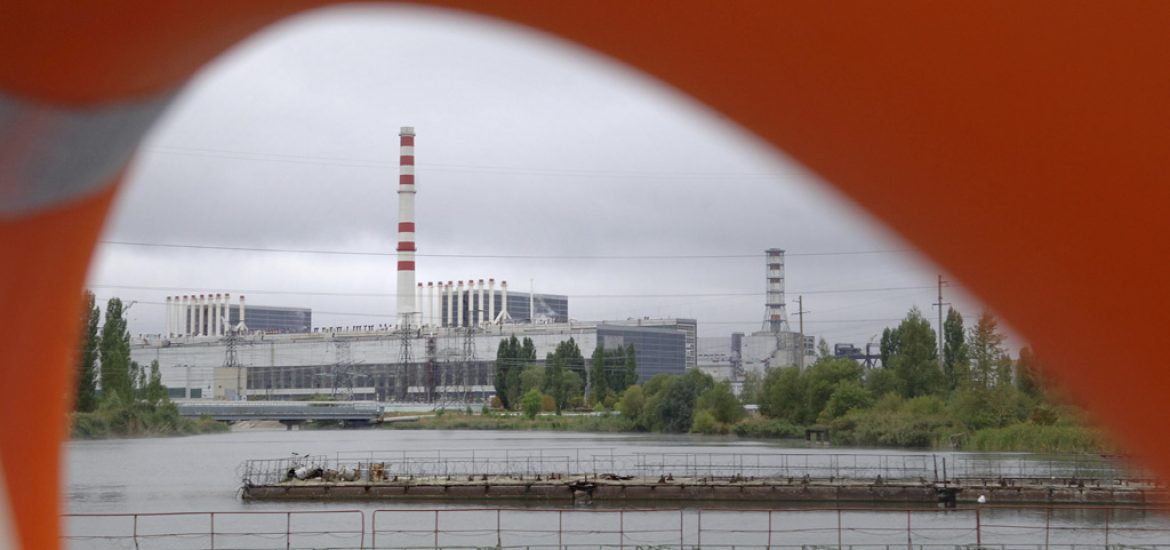
The energy required to “mine” US$1 in bitcoin, ethereum and other cryptocurrencies is more than twice that required to extract the same value of copper, gold or platinum, according to a study.
One dollar in bitcoin requires about 17 megajoules (MJ) of energy to mine, a study by the Oak Ridge Institute in Cincinnati reported. This compared with four, five and seven MJ for copper, gold and platinum, respectively.
It takes 1 MJ to lift about 110,000 tonnes, 1 metre off the ground.
The research in the journal Nature Sustainability estimated a cost-per-dollar of 7MJ for ethereum and 14MJ for the privacy-focused cryptocurrency monero. Although aluminium takes 122MJ to mine one dollar’s worth of ore, explaining why bauxite refining often takes place next to hydropower plants.
A bitcoin is generated by using an open-source computer programme to solve maths problems, which is called mining.
Every bitcoin has a unique fingerprint and is defined by a public address and a private key that give each an identity.
They are also characterised by their position in a public database of all bitcoin transactions, called a blockchain – a global running tally of every bitcoin transactions –maintained by computers around the world.
The immense energy requirements of cryptocurrency mining has encouraged innovation into green, renewable energy sources.
Cryptocurrency “mining” refers to how blockchains, like those underpinning cryptocurrencies, are regulated and verified. Bitcoin is backed by its many “miners” because of the lack of a centralised authority confirming transactions.
Bitcoin miners enter repeated competitions doing numerous arithmetic puzzles per a second. One competitor wins around US$80,000 worth of cryptocurrency and the chance to verify all transactions made in the preceding 10 minutes.
The mining of bitcoin, ethereum, litecoin and monero is responsible for between three and 16 million tonnes of carbon-dioxide emissions, the researchers estimate.
One estimate said bitcoin production was emitting the same annual carbon emissions as 1 million trans-Atlantic flights.
The US study said: “The comparison is made to quantify and contextualise the decentralised energy demand that the mining of these cryptocurrencies requires and to encourage debate on whether these energy demands are both sustainable and appropriate given the product that results from relatively similar energy consumption.”
Bitcoin was launched in 2009 under the name Satoshi Nakamoto and then adopted by a group of enthusiasts.
Nakamoto disappeared as the cryptocurrency began to spread.
Kursk. Cryptocurrency mining has been happening in Russia’s nuclear power plants. Picture credit: Wikimedia






[…] Bitcoin mining uses triple energy of gold Energy Reporters […]